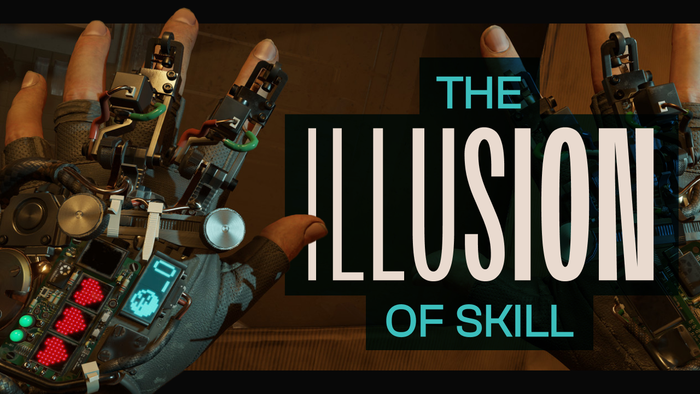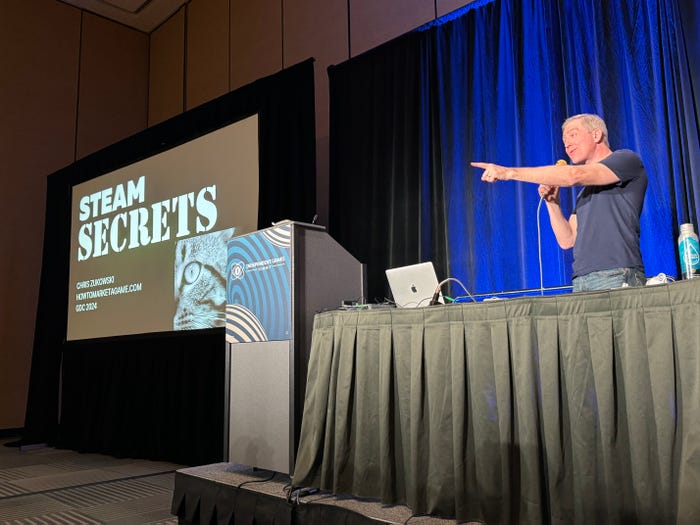Take a look at how Blizzard decides which mods live and die
For game developers protecting intellectual property is no easy feat. But things can get complicated when trying to maintain a healthy modding community at the same time.

Intellectual property law is complicated, and doubly so when talking about video games. But this is exactly why which is why developers and modders alike should take a look at this legal breakdown penned by attorney Mona Ibrahim for Polgyon.
The full piece offers an in-depth look at the relationship between modders and game developers through the lens of Blizzard’s long and complicated legal past. Ibrahim explores examples of and the differences between the kinds of mods a company like Blizzard welcomes, and the kind that lead to $8.5 million lawsuits.
Ibrahim talks about the kind of mod creation techniques that can impact the legality of a modding effort, the sometimes dubious nature of reverse engineering, end user license agreement language, and the occasionally unhelpful or contradictory nature of fair use.
Reverse engineering, she explains, is technically ok but often falls into a legal gray area. One of the ways developers best manage this is through careful EULA wording. Sometimes, she says, developers opt to directly prohibit reverse engineering to protect a game’s commercial viability, integrity, and gameplay balance.
“It’s massively problematic if someone creates, say, a cheat version of the game, or a version that’s operable on an emulator that doesn’t require a Steam key or otherwise uses reverse engineering to produce a subpar rip-off,” explains Ibrahim.
Another way developers encourage modding without leaving their games open to more malicious modification efforts is by offering modding tools directly to players. Ibrahim says that this can be a workaround that allows developers to set rules for how mods are created and distributed.
“This also gives developers the freedom to determine what, exactly, players can modify," she says. "It’s this middle ground that allows Blizzard to protect itself by taking some people to court while allowing so many of us to heavily mod World of Warcraft.”
This is only a small snippet of the useful information Ibrahim has to offer, so be sure to head over to Polygon and read the full article.
About the Author(s)
You May Also Like







.jpeg?width=700&auto=webp&quality=80&disable=upscale)








